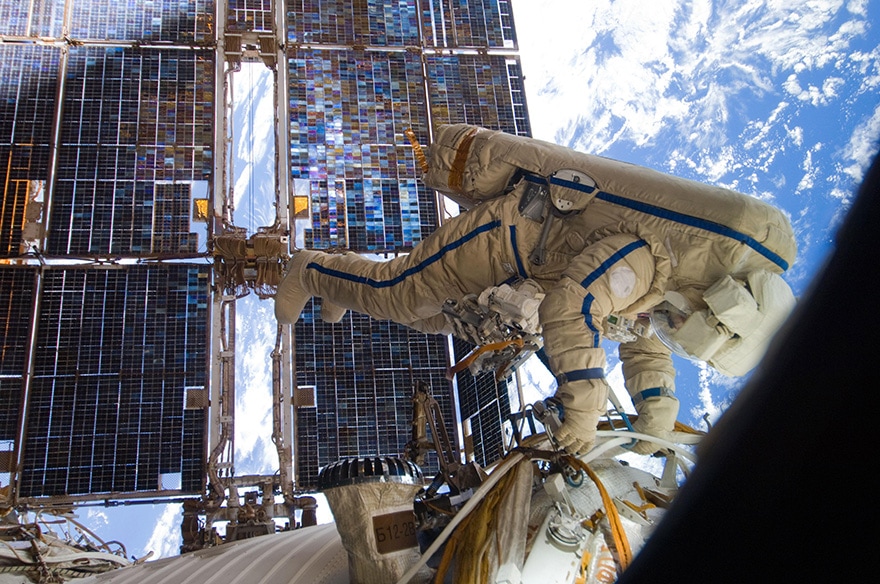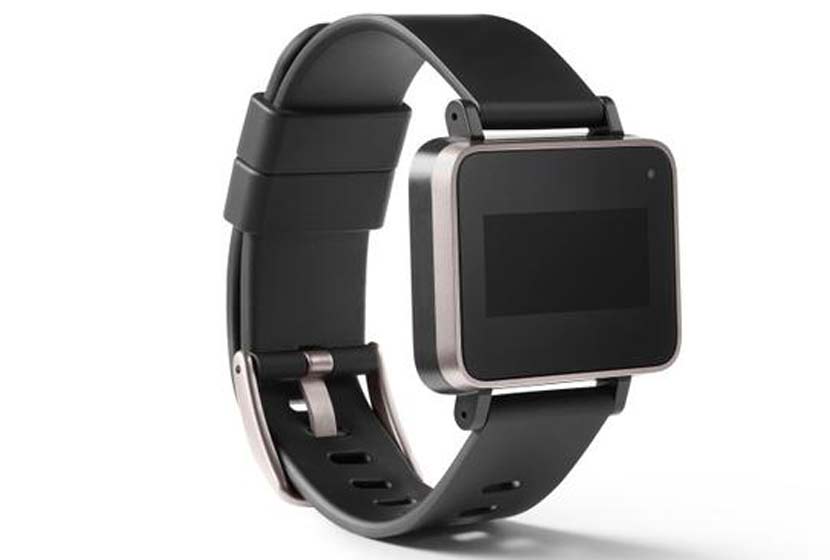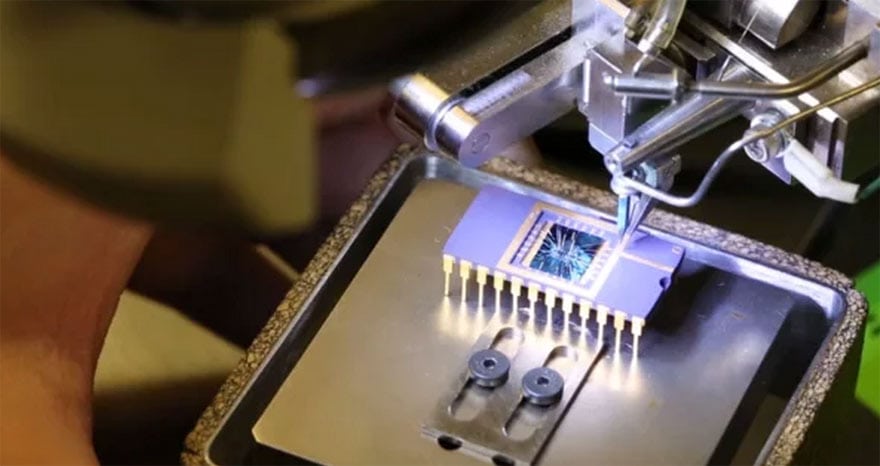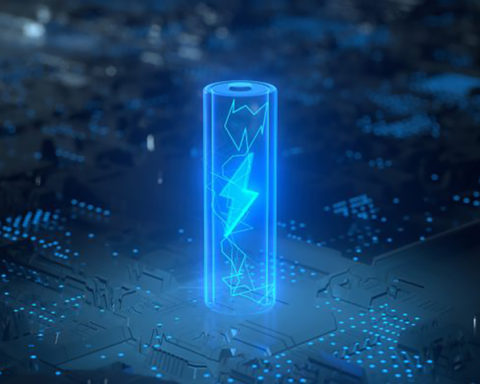One of the major dangers that threaten the space objects we send beyond our atmosphere is that of collision with the millions of pieces of garbage that roam in space. Lost bolts, forgotten tools, or more naturally micrometeoroids. These objects are deadly to spacecraft because their collision at speeds of several thousand km/h creates catastrophic damage.
NASA researchers, working with teams from the University of Michigan, seem to have found the answer: a self-healing coating.
Ahe University of Michigan researchers led by Timothy Scott, in partnership with NASA, have developed a new material that can regenerate itself after an impact. As in Terminator, the tributylborane-based composite material regenerates itself after being punctured by a bullet impact, for example. This work was presented in the journal ACS Macro Letters and taken over by The New Scientist.
The principle of this new material is based on an active gel trapped between two very thin layers of solid polymers. When one of the outer layers is perforated, for example by a bullet as shown in the video below, the active gel moves to fill the hole. In contact with oxygen, a chemical component, tributylborane, contained in the gel, solidifies to fill the breach in a few seconds.
NASA is very interested in this discovery because this material could provide maximum protection for the International Space Station (ISS), which is regularly exposed to the impacts of space debris. By instantly plugging the breach caused by an impact, the device can act effectively as a back-up solution while waiting for more traditional repairs that could be carried out by astronauts.
Other uses are envisaged such as the protection of fuel tanks or on aircraft. A kind of chemical patch has immediate effect.
The New Scientist reminds us that other materials that have the effect of coagulating like blood on a wound exist but do not have the same performance, particularly in terms of speed of healing.
Login
0 Comments
Inline Feedbacks
View all comments












